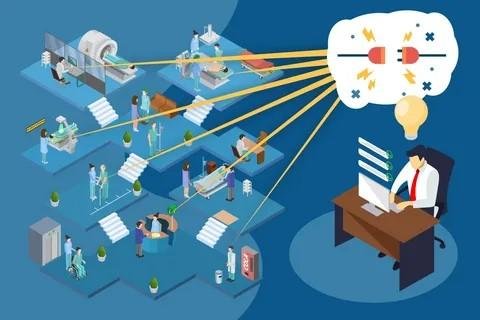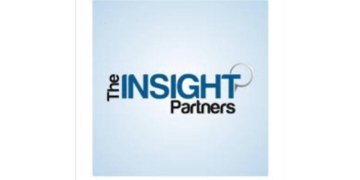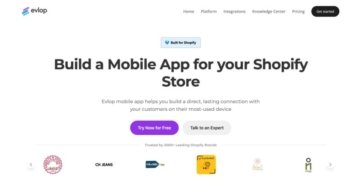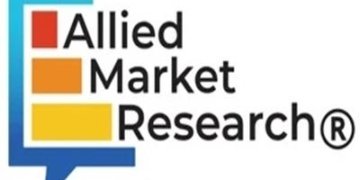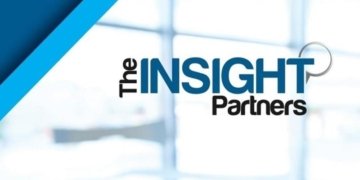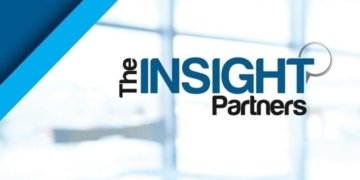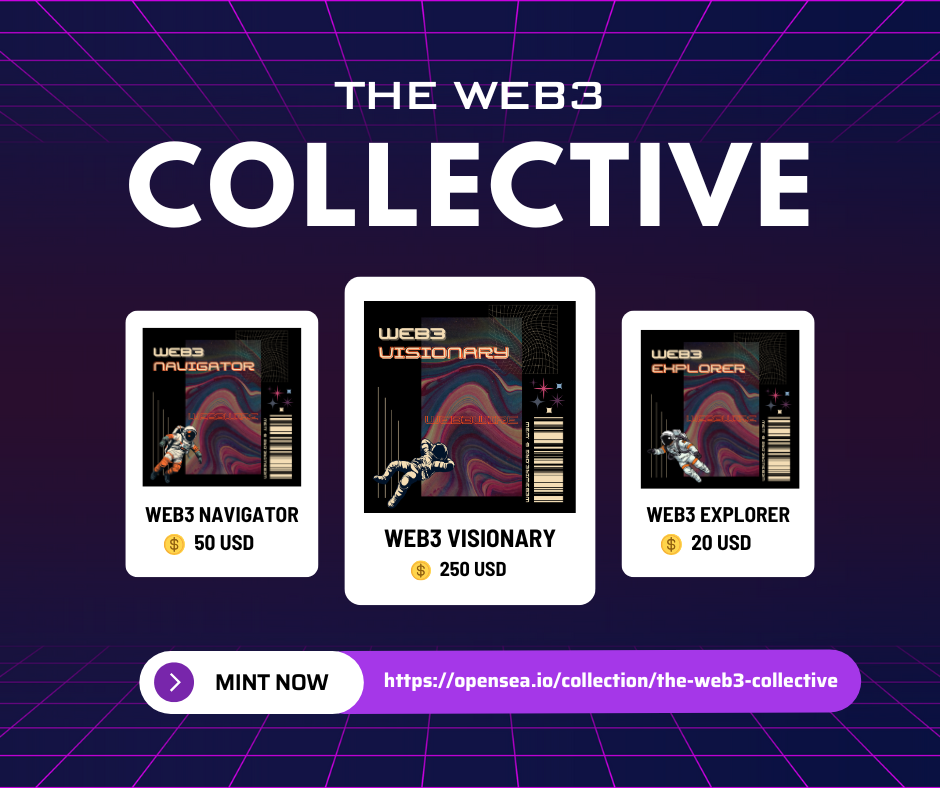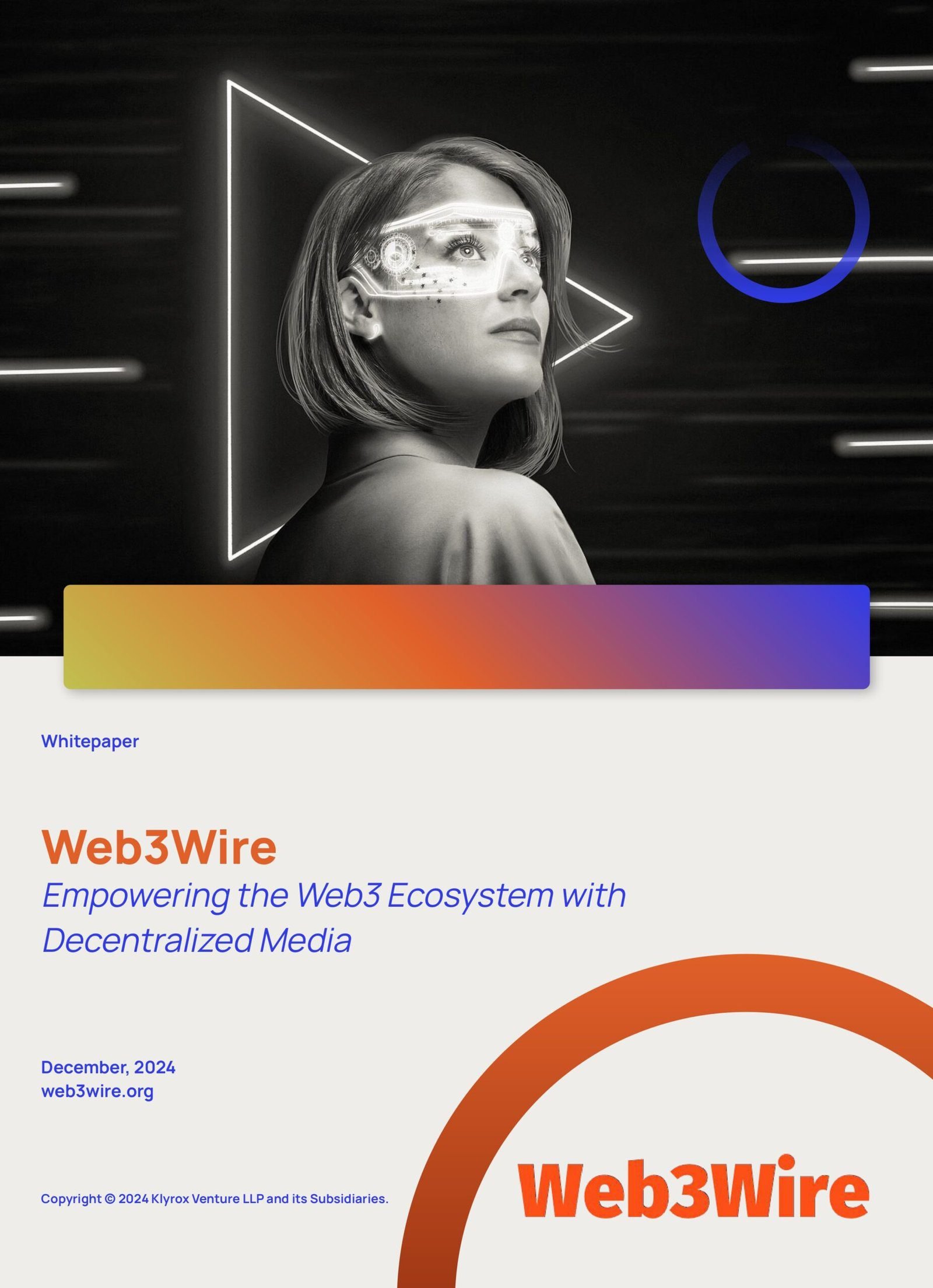Global mass notification system in healthcare market sales revenue were valued at around ~USD 1,311.9 Million at the end of 2021. The market is projected to register 16.9% CAGR and top a valuation of ~USD 3,326.5 Million by 2027. The mass notification system in healthcare market accounted for almost 16% share of mass notification system market globally.
The mass notification system in healthcare market is experiencing significant momentum as hospitals and medical institutions prioritize rapid, reliable communication to enhance safety, compliance, and operational efficiency. With rising concerns around patient security, data privacy, natural disasters, and pandemics, healthcare providers are turning to mass notification solutions to deliver real-time alerts and updates across their entire ecosystem.
Get Ahead with Our Report: Request Your Sample Now!
https://www.futuremarketinsights.com/reports/sample/rep-gb-5333
Enhancing Communication Across Complex Healthcare Networks
Healthcare environments are inherently complex, with multiple departments, staff shifts, and facility locations that need to be synchronized at all times. Mass notification systems offer a centralized platform to send time-sensitive messages across SMS, email, voice, and push notifications, ensuring that doctors, nurses, administrators, and support staff receive critical information instantly. This level of coordination is vital during emergencies such as active shooter incidents, fire alarms, or patient evacuations.
Emergency Preparedness in an Unpredictable World
The increasing frequency of natural disasters, cybersecurity threats, and health crises has highlighted the need for proactive emergency communication. Mass notification systems allow healthcare facilities to automate and customize alerts for different scenarios, ranging from severe weather warnings to infectious disease outbreaks. These tools ensure quick mobilization of resources, timely guidance to staff, and real-time updates to patients and their families.
Protecting Patients and Ensuring Continuity of Care
Timely communication can be the difference between life and death in critical healthcare settings. Mass notification systems not only support emergency alerts but also enable routine messaging that contributes to better patient outcomes. Hospitals use these platforms to notify patients about appointment changes, medication reminders, or ongoing care instructions. In high-pressure environments like intensive care units or emergency rooms, instant communication can help prevent treatment delays and medical errors.
Thorough Market Evaluation: Full Report
https://www.futuremarketinsights.com/reports/mass-notification-system-healthcare-market
Integration with Hospital Systems and IoT Devices
Modern mass notification systems are increasingly integrated with hospital IT systems, electronic health records (EHR), building management solutions, and Internet of Things (IoT) devices. This connectivity allows automated alerts to be triggered by predefined events-such as temperature fluctuations in drug storage rooms or unauthorized access to restricted areas-thereby enabling rapid, rule-based responses without human intervention.
Compliance with Regulatory Standards
Healthcare institutions operate under strict regulatory guidelines regarding patient safety and data protection. Mass notification platforms help ensure compliance with standards such as HIPAA, Joint Commission requirements, and emergency preparedness mandates. These systems provide detailed audit trails, access controls, and encryption features to maintain data integrity and demonstrate regulatory readiness during inspections or incidents.
Scalability and Customization for Diverse Use Cases
Hospitals vary in size and structure, and mass notification systems are being designed to scale accordingly-from small clinics to multi-campus hospital networks. The platforms offer customizable templates, multilingual support, and role-based messaging, allowing tailored communications that align with organizational protocols and cultural sensitivities. This ensures that each stakeholder receives relevant and actionable information, regardless of their location or role.
Training, Drills, and Preparedness Simulations
Beyond emergency response, healthcare facilities are using mass notification systems to conduct regular training exercises, safety drills, and preparedness simulations. These initiatives improve response times, identify communication gaps, and ensure that all personnel are well-versed in emergency procedures. Post-drill analytics further help in refining future response strategies.
Future Outlook
The mass notification system in healthcare market is poised for sustained growth as hospitals embrace smarter, more connected approaches to emergency management and daily operations. With advancements in AI, location tracking, and mobile connectivity, these platforms are evolving into intelligent command centers that enhance not just crisis response but also the overall quality of care. As patient safety and staff coordination become increasingly paramount, mass notification systems will remain a cornerstone of resilient, future-ready healthcare infrastructure.
Catapult Your Strategy: Secure Key Insights with Our Report Checkout!
https://www.futuremarketinsights.com/checkout/5333
Future Market Insights Inc.
Christiana Corporate, 200 Continental Drive,
Suite 401, Newark, Delaware – 19713, USA
T: +1-845-579-5705
For Sales Enquiries: sales@futuremarketinsights.com
Website: https://www.futuremarketinsights.com
Future Market Insights, Inc. (ESOMAR certified, recipient of the Stevie Award, and a member of the Greater New York Chamber of Commerce) offers profound insights into the driving factors that are boosting demand in the market. FMI stands as the leading global provider of market intelligence, advisory services, consulting, and events for the Packaging, Food and Beverage, Consumer Technology, Healthcare, Industrial, and Chemicals markets. With a vast team of 400 analysts worldwide, FMI provides global, regional, and local expertise on diverse domains and industry trends across more than 110 countries.
This release was published on openPR.
